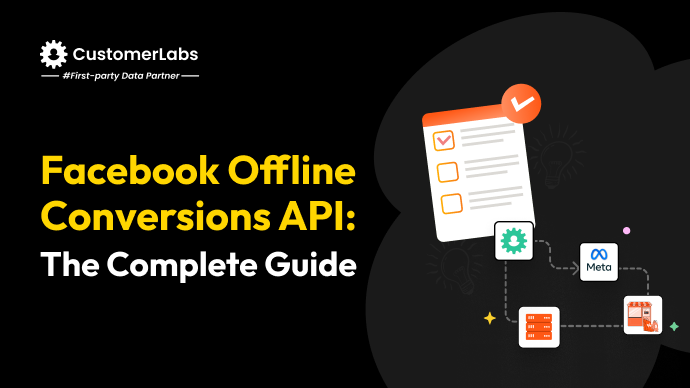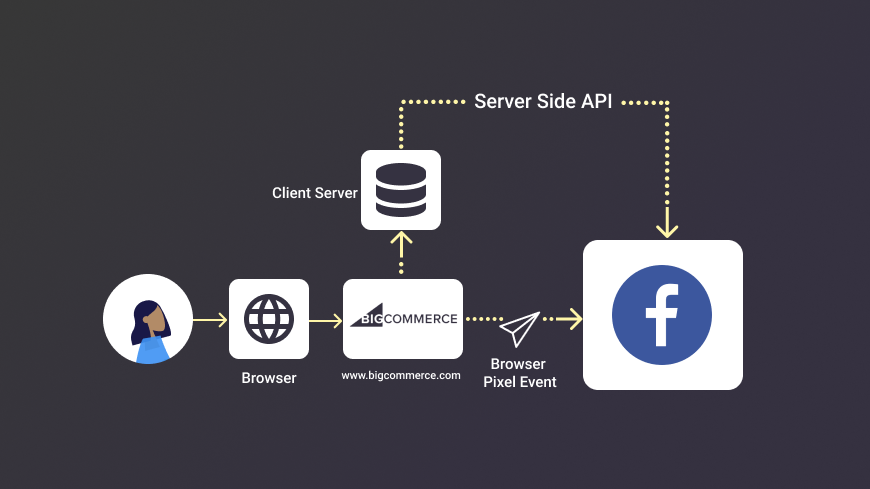Meta has quietly introduced a new diagnostic feature, “Offline Data Quality Score.”
If your brands do run in-store or have offline conversions, this score could soon decide how well your ads perform.
Let’s be honest, not every purchase happens online. And it changes from business to business. That might be the reason why Meta introduced the offline conversion API in the first place. But the challenge is Meta did not score your offline data like the EMQ.
You don’t have to worry anymore. Looks like Meta heard your prayers.
Let’s get into:
- What is the new offline data quality score all about?
- How it helps marketers
- How Meta calculates the offline data score
- How to check and troubleshoot
- Best practices to maintain good score
And finally, know the easy way to automate for a better offline quality score. Let’s not drag anymore and start digging.
What is the Offline Data Quality Score?
According to Meta, the Offline Data Quality Score is a 1–10 rating system that measures the accuracy and completeness of your offline event data that you upload.
Basically this score is built to help marketers understand and improve their offline data that they share with Meta for better ad performance and measurements.
Where Can You Find the Offline Data Quality Score?
- Enter into Events Manager > Datasets >
- Click on DataSets
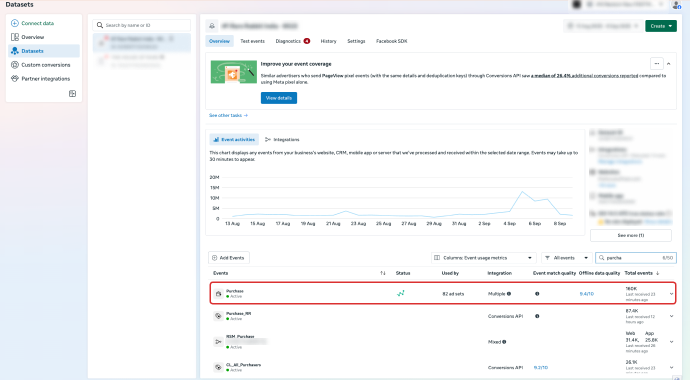
Maintaining a good score, like 8 or 8.5 is required to unlock Web + Store purchase optimization.
In other words, if you want Meta to properly combine and optimize across online and offline signals, you’ll need to pass this bar.

Next, understand from your lens why it is important for the marketers.
Why Offline Data Quality Score Matters for Marketers
Unlike online events, which fire instantly through the pixel, offline conversions don’t automatically flow into Meta.
Let me explain these different scenarios for your better understanding of the importance of it.
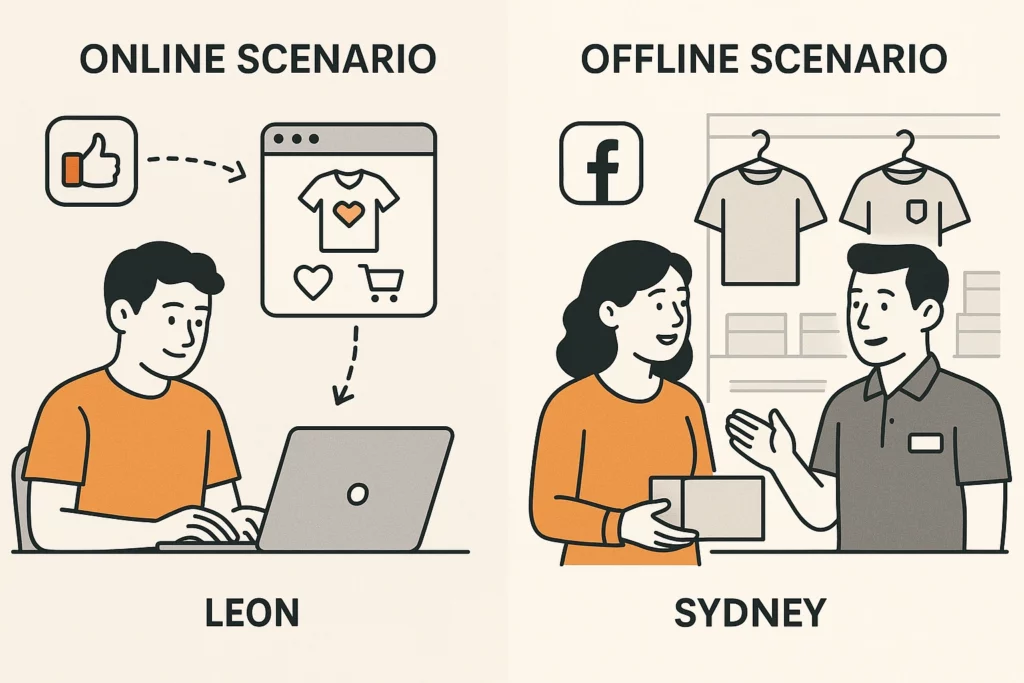
Online Scenario – User Leon
A user named Leon clicks a banner from social media and enters into the website, views the product page, wishlists a few products, adds a product to the cart and purchases a product.
This is a 10/10 customer your business needs. Meta knows this user.
Because everything is tracked. The click, page view, wishlist, and add to cart all these events are tracked and captured and sent to ad platforms through Pixel or CAPI.
Offline Scenario – User Sydney
A customer named Sydney, who has visited your website through an ad. Walks directly into your store, strolls through your product alley, talks to your sales representative about a few products, checks the price on some product designs and buys a product.
This is also a 10/10 customer for you. But Meta won’t know.
Why? There is no link or connection between Meta and your store.
Unless you send this data back to Meta, it assumes those conversions never happened.
This creates three painful consequences:
- Underreported ROI – your reports undervalue campaigns that actually worked.
- Poor optimization – meta can’t train its algorithms on who really converts.
- Low Data Quality Scores – delayed, incomplete, or inconsistent uploads drag your score down.
When you don’t use the offline data, Meta thinks Leon is a good customer and Sydney is a bad customer.
Now, Meta will read this signal and learn the pattern. Moving forward, it does not pick up the users who match the behavioral patterns of Sydney.
You will lose multiple customers like Sydney.
With the scenario, you can clearly see why offline data is important.
Assuming that you send the offline data to Meta, do you know the quality of it?
What if Meta can Whisper it?
But if Meta can say, “Hey, the quality of the data that you uploaded is not that good.”
That is exactly what the offline data quality score does. It evaluates the quality of your offline data and scores it. (To notify you)
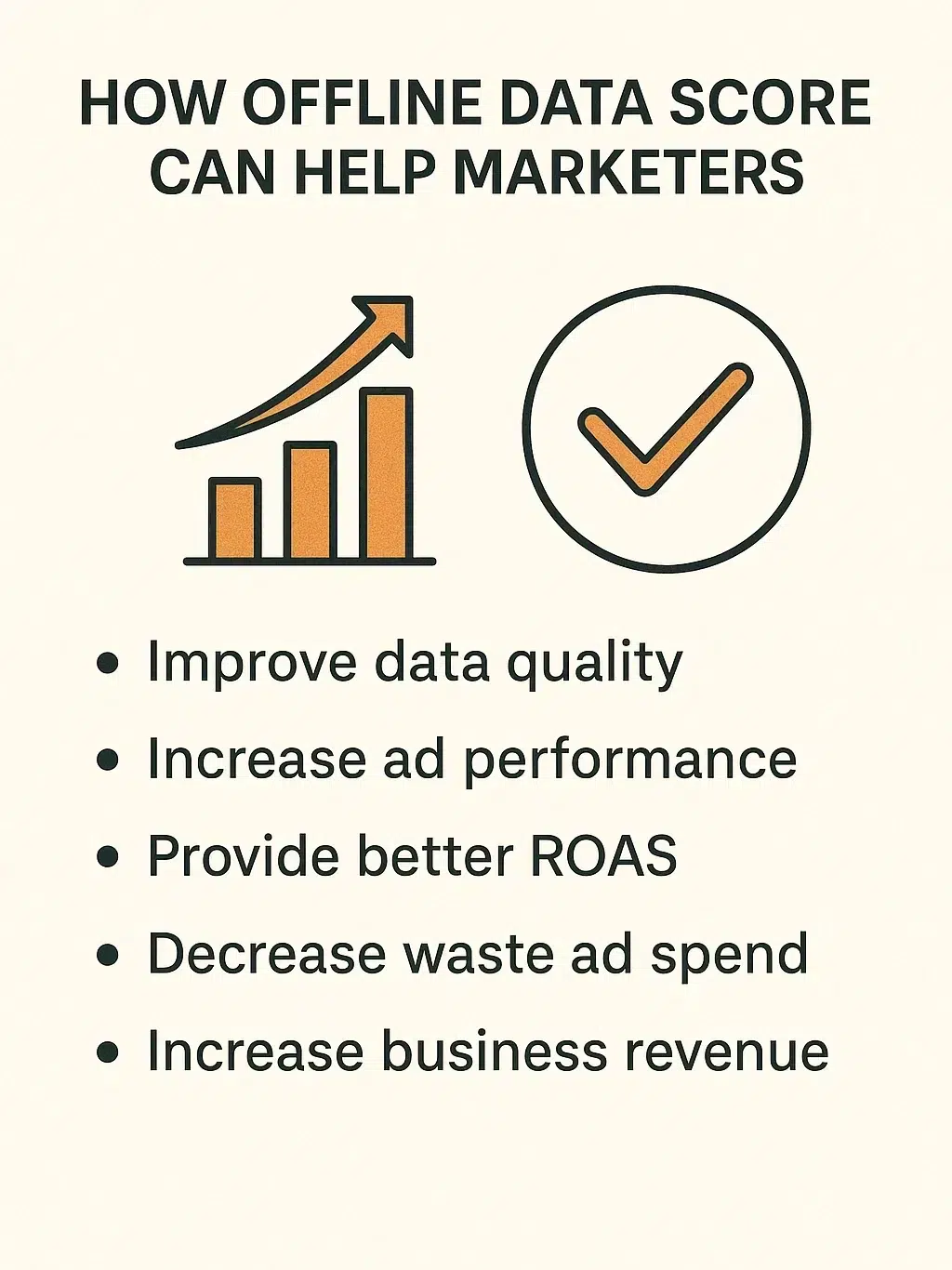
This score will help you.
- Improve the quality of the data that you send to Meta.
- Increase the performance of your ad campaigns.
- Provide better ROAS from your ads.
- Decreases waste ad spend, and
- Contributes to the business revenue.
I hope I have provided you with enough information to justify why it’s important to you. Now, let’s understand how Meta calculates this offline data quality score.

How Does Meta Calculate the Offline Data Quality Score?
Meta doesn’t just look at whether you’ve uploaded identifiers; it uses a composite Data Quality Score for offline events.
Here’s what goes into it:
- Customer identifiers: email, phone, name, and address.
- Transaction details: purchase value, currency, timestamp.
- Deduplication fields: order IDs or event IDs to prevent double counting.
- Data freshness: Uploading the events soon after they occur.
- Attribution: whether ads automatically track offline events for reporting.
- Frequency & attribution (28-day window): consistency of uploads and how they align with attributed conversions over the last 28 days.
- Accuracy: Passing the data without any errors or missed points.
- Valid Purchase Values: Add purchase value while sending the offline event data.
Each of these factors, weighted differently, combine to produce a score out of 10.
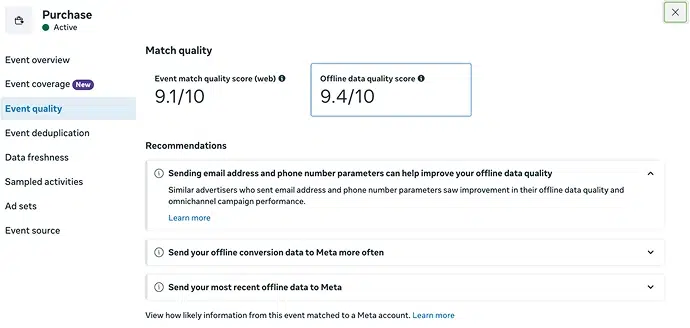
Note: A composite score of 8.5 or higher unlocks access to omnichannel ads, which allows Meta to reach the right audience at the right time by combining both online and offline conversions.
How to Check and Troubleshoot?
You can monitor your Offline Data Quality Score directly inside Events Manager to troubleshoot to fix the score.
Select Dataset. If your score is low, Meta gives you two ways to dig deeper:
Events Manager Diagnostics
- Check your offline data quality score (1–10).
- Identify whether it’s lagging due to missing identifiers, inconsistent formatting, or upload gaps.
Dataset Quality API
This way you can programmatically see why your score is low.
- Whether the problem is with your data freshness, frequency, or attribution.
- So if you upload data late, too infrequently, or with weak matching to ad clicks/views, your score will drop even if some identifiers are present.
Troubleshooting Tips:
- Freshness: upload offline events as quickly as possible (daily is ideal).
- Frequency: avoid batch uploads once a month; send smaller, regular uploads.
- Attribution: include enough identifiers (email, phone, order ID) so Meta can correctly tie events back to ads within 28 days.
- Formatting: emails lowercase, phone numbers in E.164 format, and currency codes standardized.
These troubleshooting practices are recommended by Meta to improve your offline data quality score. Next, let’s look into the benefits of having a good offline quality score.

What Are the Benefits of Offline Quality Score?
According to Meta, these are the benefits that you can reap by maintaining a good offline quality score.
- Enhanced ad performance
- Sending accurate, fresh and complete offline data results in a bigger data score.
- By doing so, Meta will be able to read the behavioral signals of the users who made the offline purchases.
- This allows Meta to target the right customers across multiple channels with precision.
- Accurate measurement
- With better data, when offline purchases occur, Meta can precisely attribute the offline conversions to the specific ads that influenced the users
- This gives you a clear picture of how the campaign actually worked, which helps to refine strategies.
- And you can also estimate the exact revenue generated from your ad campaigns, both online and offline, because of the clear attribution.
- Optimized campaigns
- With high-quality offline data, you can confidently run omnichannel ads.
- This means your campaigns can be optimized seamlessly across online and offline journeys, ensuring ads reach the right audience at the right moment, despite their buying behaviour.
What Are the Best Practices to Get a High Offline Data Quality Score?
Reaching and maintaining an Offline Data Quality Score of 8.5 or higher requires consistency, accuracy, and freshness. Meta outlines several concrete steps to improve your score:
1. Upload data frequently and keep it fresh
- Upload offline data daily, with at least 12 uploads in the last 14 days.
- Make sure transactions are not older than 3.5 days when sent.
- Regular, fresh uploads ensure Meta always works with accurate signals.
2. Validate and clean your data
- Implement strong data validation checks before uploading.
- Minimize errors like blank fields, misspelled emails, or inconsistent formats.
- Always pass the correct purchase price (no zero or negative values).
3. Use the right dataset setup
- Avoid linking incorrect dataset IDs to your omni campaigns
- For measurement (ad tracking), you can connect multiple offline sources, but not for optimization.
Note: For ad set-level optimization, use only one offline signal source.
4. Enable automatic tracking for offline events
- Automatic tracking improves attribution accuracy by directly linking offline conversions back to ads.
- This reduces missed conversions and strengthens your score.
5. Monitor and review regularly
- Keep a close eye on your Events Manager diagnostics.
- Follow Meta’s personalized recommendations to spot gaps and improve your dataset quality over time.
Follow these best practices and you are good. This is what every marketer thinks.
Remember, every new invention comes up with its own challenges. Next up are the challenges that you might face to get a good offline quality score.
What are the Challenges in Securing a High offline Data Quality Score?
Doesn’t it sound straightforward without a catch? Just send Meta the right fields and your score goes up. But here’s the reality check for you:
- Data lives in silos: All the offline sources, including your POS systems, CRMs, call center logs, and loyalty programs, store information differently. Pulling all the data together is not seamless.
- Manual processes are fragile: They’re time-consuming. Exporting the sheets, uploading the CSVs, and merging everything together (my head spins just imagining it). The possibility of the data being error-prone is extremely high. By the time the data reaches Meta, it will be too late already.
- Identifiers are incomplete: A phone number without an email, or a purchase without a timestamp, may feel like “enough” to you, but for Meta, that means weak matching and a lower score.
- Consistency is difficult: One system stores +1 in phone numbers, another doesn’t; currencies aren’t standardized; names aren’t normalized. Each small mismatch chips away at data quality.
- Operational bandwidth is limited: Marketing teams are stretched thin; managing creatives, budgets, and reporting. Imagine the man power it takes to pull this off manually. And data hygiene and daily uploads often fall to the bottom of the priority list.
That’s why so many brands get stuck around a 6 or 7 on their Offline Data Quality Score and never quite reach the 8.5+ benchmark Meta requires for omnichannel ads.
Remember that offline data doesn’t behave like online events.
Pixels fire instantly; spreadsheets don’t.
Unless you solve this structural gap, offline conversions will remain invisible to Meta, and your campaigns will never fully optimize.
As always, here comes the philosophy of the day: “Where there is a will, there is a way.”
And the way?
Automate High Data Quality Score with 1PD Ops
If you are new here, learn what 1PD Ops is and return back here. (I will wait for you.)
Let me remind you once again of the hurdles so that it is easy for you to understand how 1PD Ops makes the job easy for you.
- Offline data sources are varied unlike your website
- Consistency and the order of data is messed up
- Prone to missing or mismatched identifiers
- Need lot of manpower to pull it off
- Extremely time-consuming
To top it off, Meta expects the offline data to be complete, fresh, and aligned. That’s exactly where CustomerLabs1PD Ops capabilities shine.
- With 1PD Ops, you can connect your destination and the sources with few toggles and clicks
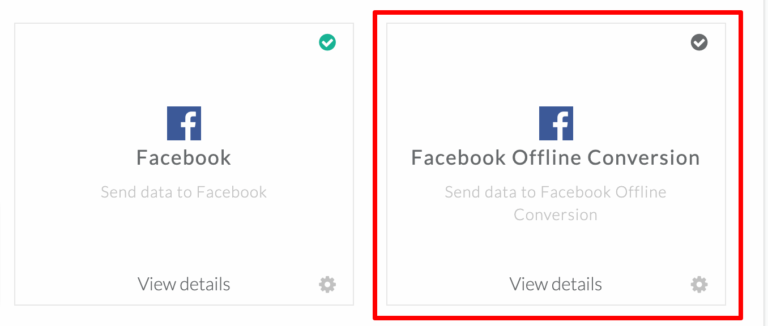
- And, offline events you already track (in-store sales, bookings, and CRM leads) are automatically sent server-side to Facebook’s Offline Conversion Event Sets or Datasets.
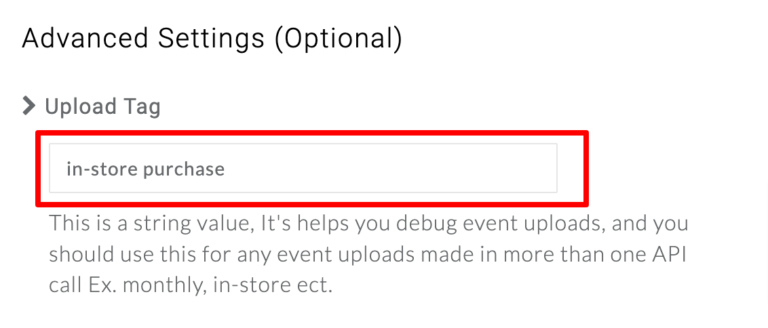
- CustomerLabs supports mapping essential identifier fields (email, phone, first/last name, date of birth, etc.) to Facebook’s match keys. Even if you don’t have identifiers like fbp, etc., 1PD Ops automatically pins a unique external identifier, which helps Meta identify any user accurately.
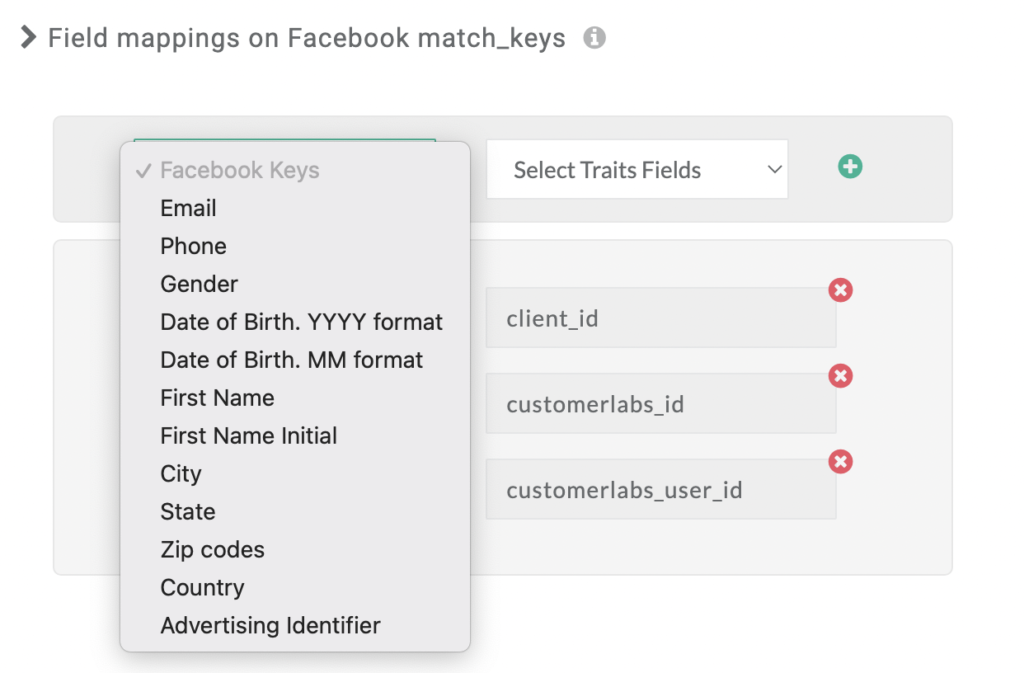
- You can toggle which offline events you want to send, helping you manage which events are included, making sure you don’t send irrelevant events that may drag down your score.
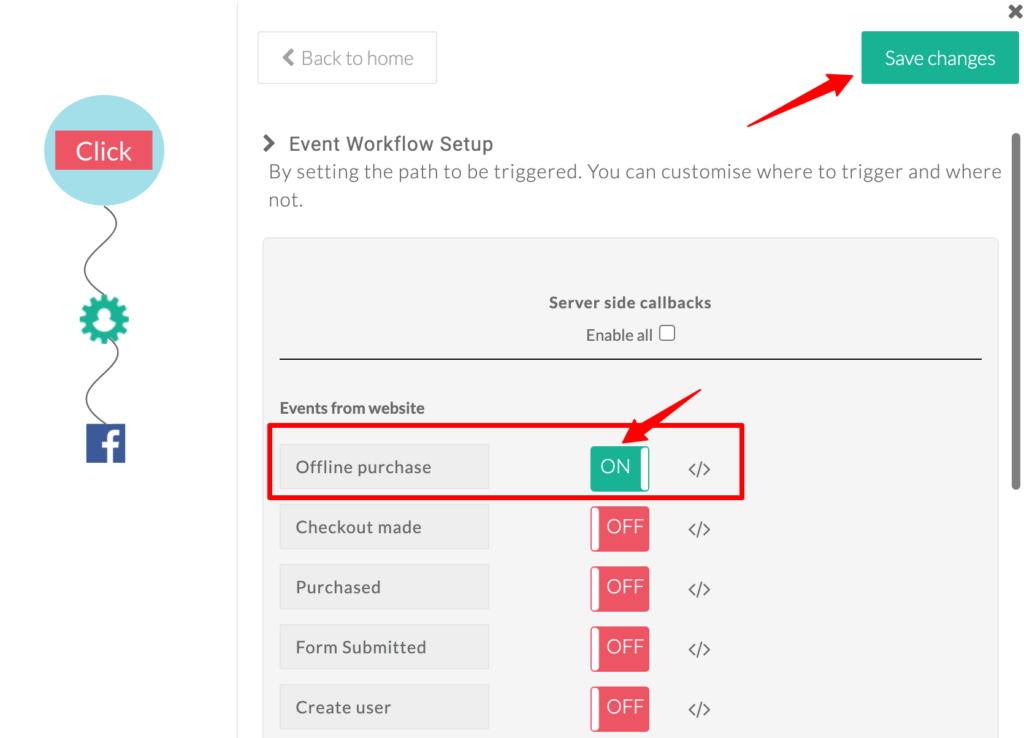
- With CustomerLabs 1PD Ops, you can send the offline events close to real-time, contributing to the freshness of the data.
This will save your time and manpower drastically. With the right tool, your campaigns can capture the right signals and provide better conversions.
To Conclude
I hope, by the end of this blog, you have gained the knowledge and insights about the offline data quality score and how it can change your entire campaign performance.
You would also know by now it’s not a smooth road to achieve that high offline data quality score. It is a bumpy road, time consuming and needs lots of effort.
But with 1PD Ops, you can take the highway by automating all the tasks, from connecting the destination to mapping out the events till sending it back to the ad platforms.
If you want to implement the 1PD Ops (which is not just limited to offline data), schedule a free call with our product experts.
Trust me, they don’t sell it unless that’s exactly what your business needs.
If you don’t trust me, then you can try 1PD Ops yourself for free.
